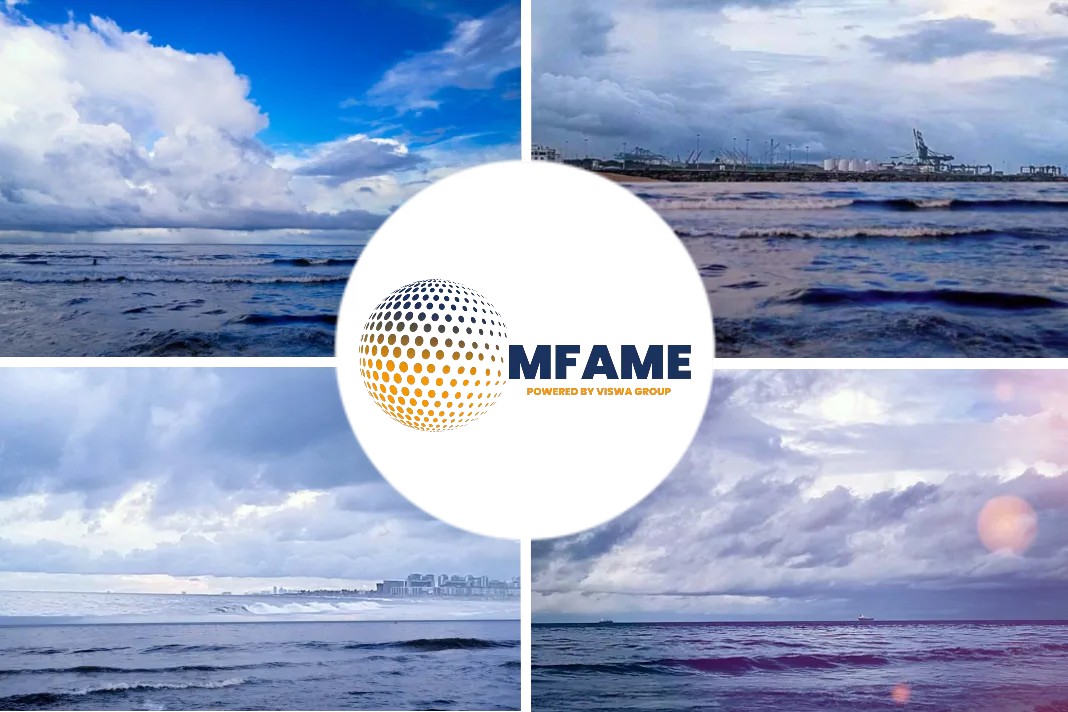Every Ship Manager aims for the smoothest PSC inspection in order to avoid unnecessary costs and delays and protect Company from any reputational damage caused from a poor PSC performance.
Given what is at stake in these days and era, it is of paramount importance to assess the forthcoming call with respect to PSC Inspection risks in order to identify probability and severity of a potential inspection and therefore arrive into a Ship, Manager and Port Specific Prioritization Checklist to assist the Ship to prepare, minimize risk and prepare accordingly, reports Safety4sea.
Port of Call Risk Assessment (POCRA) tool
The Port of Call Risk Assessment (POCRA) tool of RISK4SEA is an ideal implementation of the concept providing a standardized way to prepare a ship for next port of call inspection taking into consideration a number of 25-30 factors to assess the possibility of the specific ship to be inspected in this specific port and the severity of the inspection (if it occurs).
The approach is simple and based on the commonly shipping industry’s Risk Assessment Practice. Entering a ship (by IMO number or name) and port (from Risk4Sea list) there are 2 items to be assessed:
- Probability of Inspection (10 factors to be considered)
- Severity of Inspection (15 factors to be considered)
All calculations, KPIs, and checks are based on a last 36 months period unless otherwise specified in the items marked with the period of 12 months for the specific fleet segment of the ship.
Why it is important to check the fleet segment issues?
There are different approaches when a PSCO inspects different types of ships. Even the findings vary between different types. For example what is the use for a Master on Capesize Bulk Carrier to review and check a checklist created with findings including items for tankers or LPG carriers which are not applicable with his ship? The time that the Master or office personnel will spend to review and check such items is vital and can be used for other tasks.
Probability of Inspection
With respect to Probability of a forthcoming PSC Inspection in that port, POCRA takes into account:
Ship related factors such as:
- MoU Ship Priority / Risk Status Inspection Priority calculation as applied in the specific
- MoU PSC Regime – considering the ship/manager performance the last 36 months
Inspection Window Open Date (for the specific MOU) and status - Ship Detentions in Port (Last 36 months, irrespective of Manager)
- Ship Detentions in the specific MoU
Manager related factors such as:
- Manager Risk Status calculation as applied in the specific MoU PSC Regime – considering the manager performance the last 36 months
- Manager Detentions in Port (Last 36 months, irrespective of Fleet Segment)
- Manager Detentions in the specific MoU
Port Related Factors such as:
- Targeted Flag (as per MOU announcements)
- Unique Ships inspected vs Unique Ships called in the PSC Port area for the fleet segment in last 12 months
- Unique Ships re-inspected more than once in this port within the last 12 months for the fleet segment – excluding follow up and re-inspections with more than 15 days apart
Did you subscribe to our daily Newsletter?
It’s Free! Click here to Subscribe
Source: Safety4sea



















